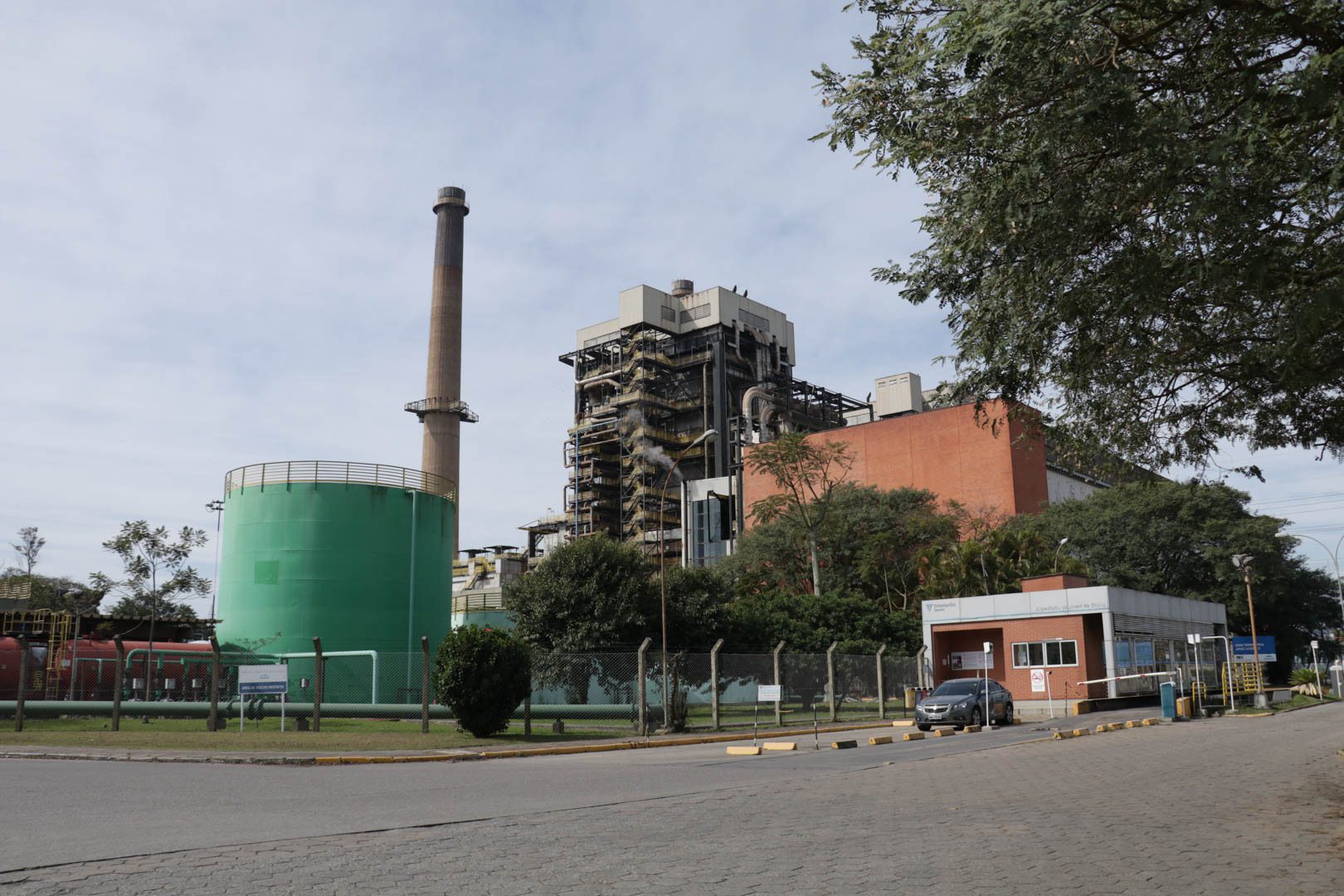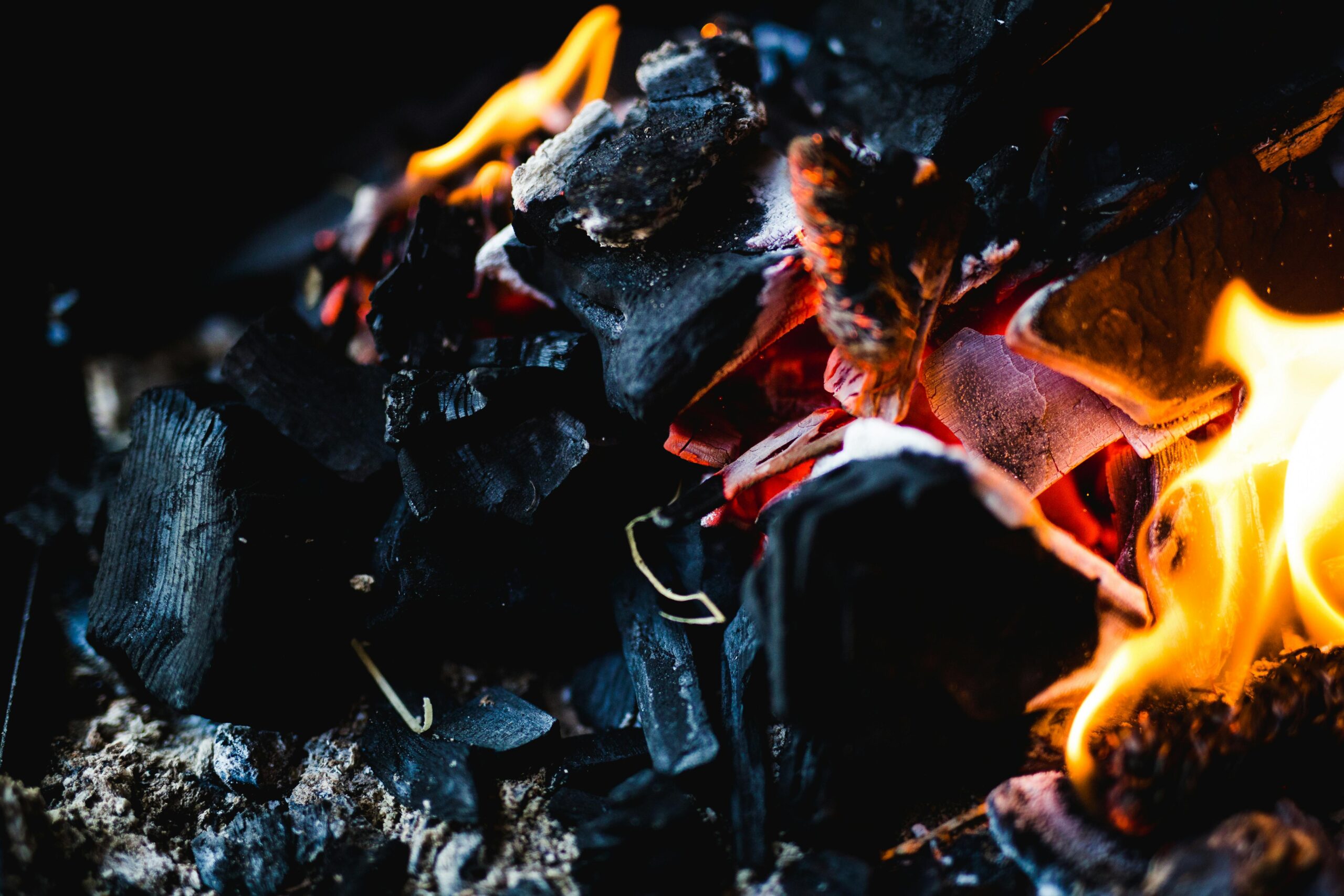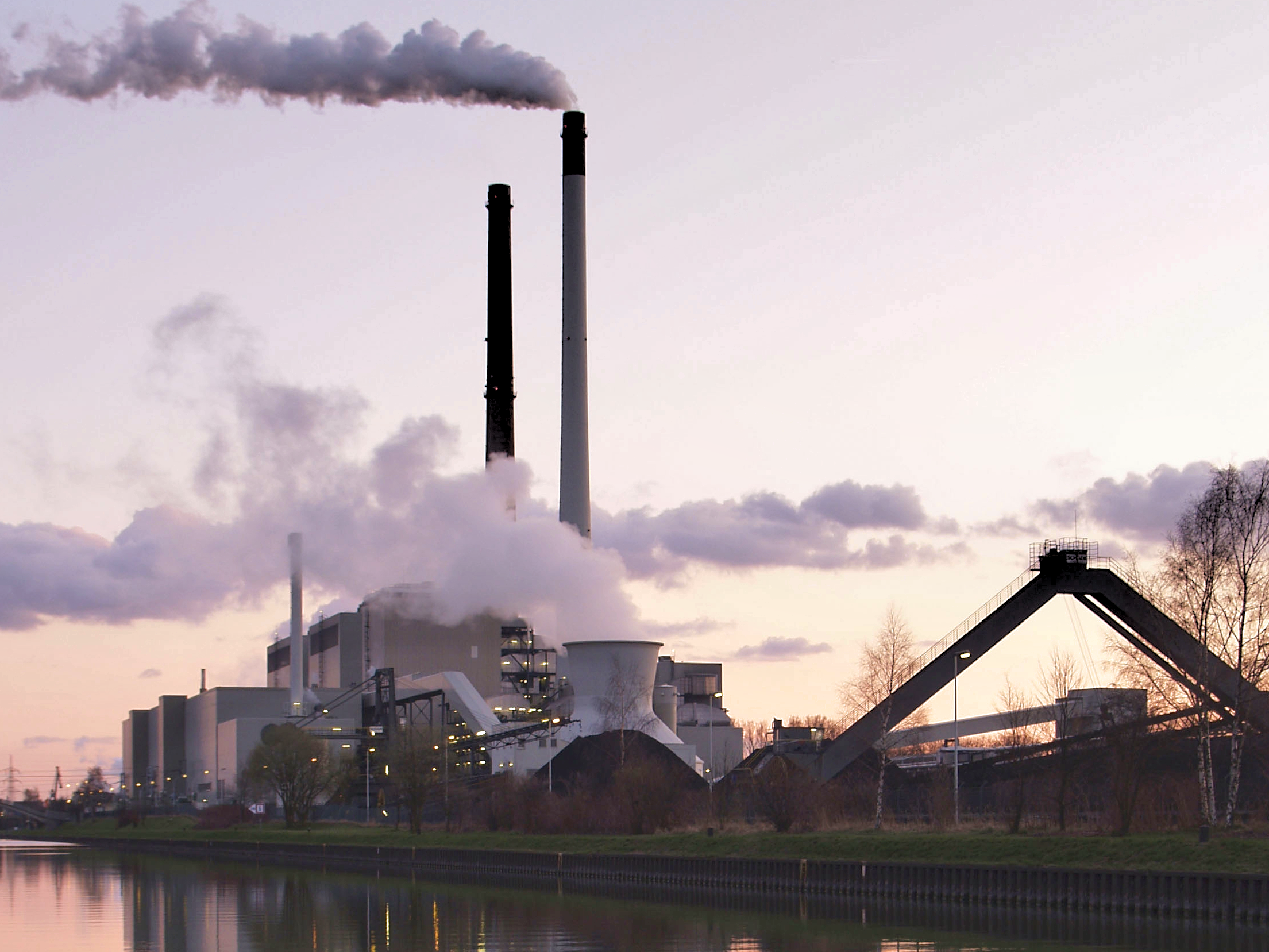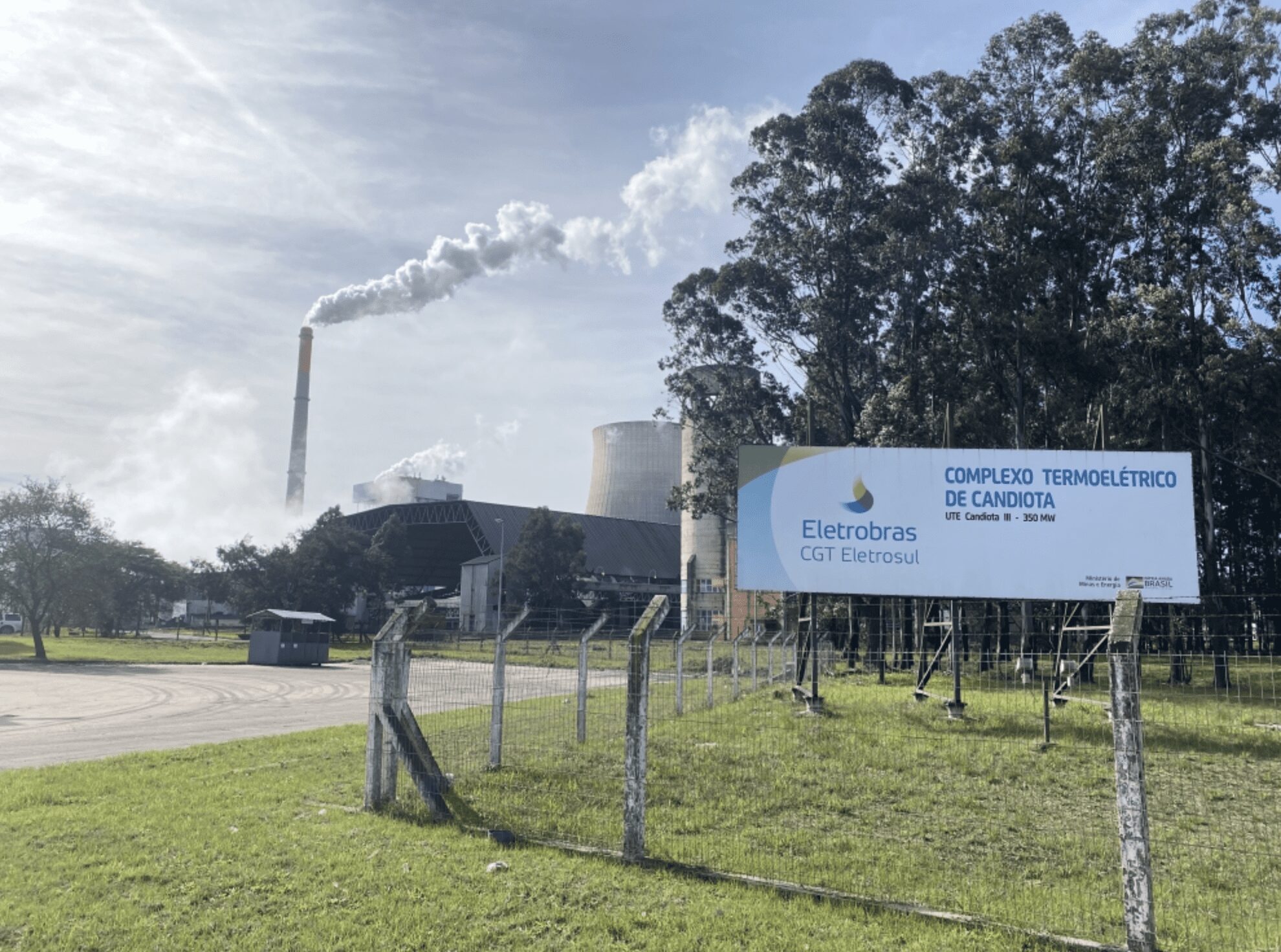There are indications that the billionaire environmental liabilities were one of the reasons for the sale to an investment fund, says the president of the ARAYARA Institute
In a Relevant Fact distributed to the market, to comply with the legislation of publicly traded companies, Engie Brasil Energia announced this Monday (30), at night, the sale of the Jorge Lacerda thermoelectric plants (with 857MW of capacity), to the capital management fund Capital Energy II Fundo de Investimento em Participações Multiestratégia – FRAM, as the fund is known in the market.
Neither Engie, nor FRAM, a fund based in São Paulo (SP), have revealed the disbursement schedule of the R$ 325 million that will be paid for the seven thermoelectric power plants that make up the complex, located in the municipality of Capivari de Baixo (with a population of 25 thousand).
The announcement concludes the real soap opera that the negotiation to sell the outdated coal-fired power plants has become. Engie first manifested publicly four years ago its intention of getting rid of Jorge Lacerda – and thus ends another stage of the undertaking of economic exploitation of Brazilian coal, of low heat generation capacity, but of enormous production of social and environmental problems.
The Jorge Lacerda complex was initially conceived by the Federal Government in the 1960s. It was intended to use coal from the southern region of Santa Catarina and ended up producing one of the biggest social and environmental liabilities in Brazil.
According to the Material Fact, of the total R$ 325 million from the sale, R$ 210 million will be paid on conclusion of the operation, and another R$ 115 million when conditions defined between Engie and FRAM are met.
According to the company’s own website, ENGIE Brasil “is the largest private producer of electricity in Brazil, with its own installed capacity of 10,791 MW in 72 plants, which represents about 6% of the country’s capacity.
The company has almost 90% of its installed capacity in the country from renewable sources and with low GHG emissions (greenhouse gases that cause climate change on the planet), such as hydroelectric, wind, solar, and biomass plants.
In other words: unlike what is happening in Capivari de Baixo, Engie is exploring the energy market, in other parts of Brazil, with technical alternatives that emit less of the dangerous GHGs.
ENGIE, also informs that the company itself, had a turnover of R$13.3 billion in 2020, and by selling Jorge Lacerda, it gets rid of an important asset, whose operating authorization expires in September 2027.
But, the alienation of Jorge Lacerda’s control to FRAM – a fund that aims to maximize the profit from its assets – does not make Engie’s responsibilities over the thermoelectric complex disappear.
“Judicialization of liabilities”
“This is a new imbroglio that will be judicialized by the ARAYARA International Institute and the Mineral Coal Observatory. There are strong indications that the billionaire environmental liabilities left by Engie was one of the reasons the company tried to get rid of,” said the president of the ARAYARA International Institute, Julio Bueno de Araújo.
“All the environmental, toxic liabilities need to be documented by an external audit, in which civil society and the federal and state public ministries, as well as the scientific community, make a consistent analysis of the civil and criminal liability that Engie is trying to pass on with a fearful sale to the treasury of the people of Santa Catarina,” added Araújo.
According to Araújo, “the sale of the Jorge Lacerda complex is yet another act in the nightmare of the coal industry. For decades, the mining companies have brought social, environmental, economic and health damages to thousands of people from Santa Catarina who are still contaminated daily by heavy metals”.
For him, this 19th century industry is still trying to be resuscitated by a mistaken federal public policy, which tries to substitute renewable, solar, wind and biomass energy, fair and cheap – for expensive energy that is harmful to everyone who consumes electricity.
Araújo is referring to the inclusion of the extension of the subsidy to thermoelectric generation in the bill approved in Congress.
“Technical research that has been conducted by engineers, chemists, geographers, and other professionals at the ARAYARA Institute proves that toxic chemical contamination continues to claim lives,” Araújo notes.
He also informed that technicians from the ARAYARA Institute are producing a documentary that puts into context the reality that the communities that live on the tailings of the coal industry go through.
“Engie has co-responsibility, because it has always known about the environmental liabilities of the coal it bought and burned, producing greenhouse gases,” he added.








